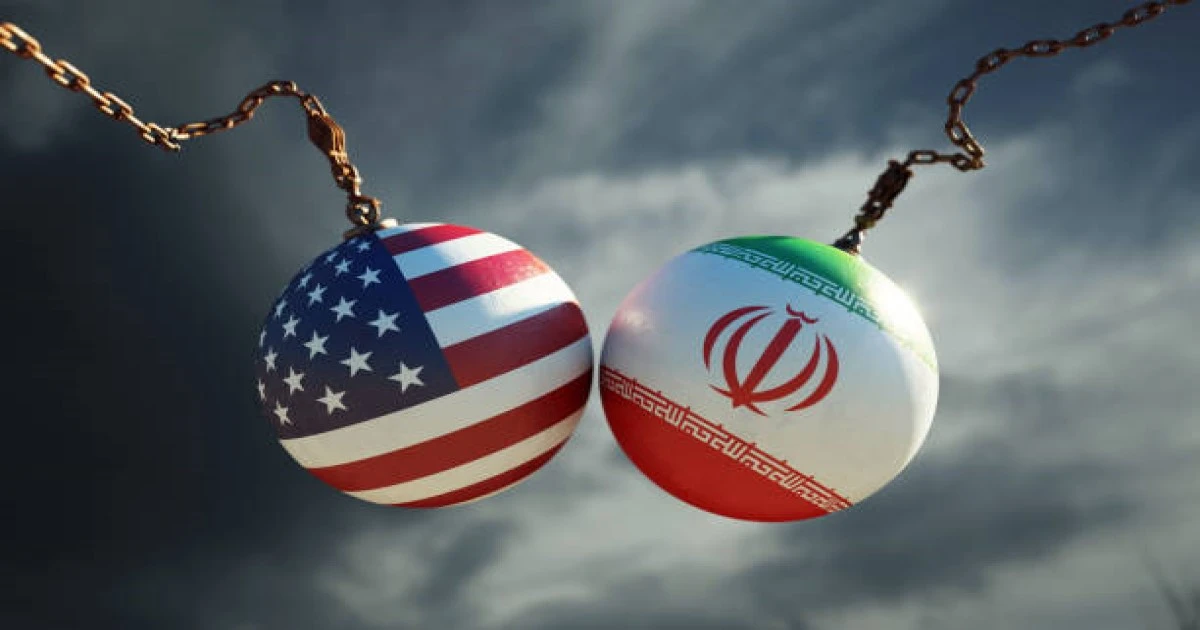The U.S. has taken a significant step by launching military strikes on Iran’s nuclear facilities in an effort to dismantle Iran’s nuclear program. This move is aimed at easing tensions in the Middle East.
Following a post on the social media app “Truth Social,” former President Trump stated that the U.S. had successfully carried out attacks on three of Iran’s nuclear sites, including Fordow, Natanz, and Esfahan.” All key personnel involved in the operations have now returned home safely. Trump added that if Iran retaliates, it will be met with a force far greater than what was witnessed tonight.
Now, it is expected that the U.S. has effectively entered the broader Middle East conflict, which was previously limited to tensions between Israel and Iran. The key aspect now is how much damage has been done and how Iran will respond—this will be a crucial development watched closely by the world.
Everything began earlier when discussions between the U.S. and Iran were happening repeatedly, with the aim of reaching a conclusion that could ease tensions between the two countries. However, despite the ongoing meetings regarding the nuclear deal, former President Trump clearly stated that the U.S. had asked Iran to stop uranium enrichment and dismantle its entire nuclear program.
In return, the U.S. promised better relations. But Iran responded negatively, saying it would not comply, as it had already invested heavily to reach its current level of uranium enrichment.
Earlier, the talks were abandoned due to the inability to reach a conclusion. Following that, a report from the UN watchdog emerged, stating that Iran was not complying with uranium enrichment limits as requested by the U.S. Based on this non-compliance, Israel launched an attack on Iran, which drew significant global attention. In response, Iran retaliated by targeting civilian areas in Israel. This led to further escalation, and the conflict intensified over a wider region.
After this escalation, all eyes were on how the U.S. would respond—whether it would fully enter the conflict or remain on the sidelines while continuing to support Israel against Iran. However, contrary to expectations, the U.S. directly entered the conflict by carrying out airstrikes on Saturday night (U.S. time). The strikes were highly targeted, and the U.S. clarified that there was no intention to harm civilians or military personnel. The attacks focused solely on three nuclear sites in Iran.
Alongside this, reports are suggesting that the U.S. may take up to two weeks to assess the situation and make further decisions. This comes after former President Trump abruptly pulled out of the G7 meeting earlier this week. At the time, Trump cited the need to focus fully on resolving the escalating tensions between Israel and Iran. It is believed that shortly after this, he gave permission for the U.S. to carry out airstrikes on Iran’s nuclear facilities.
The world was also shocked by the decision made on Saturday night, as it was widely believed that the U.S. would avoid direct involvement. Many assumed the U.S. would not attack Iran due to the past experiences in Afghanistan and Iraq. However, Trump surprised everyone by launching strikes on Iran, disregarding the concerns and predictions presented by analysts.
Now, the atmosphere in the U.S. regarding the situation has become tense. For now, the U.S. wants to maintain peace with Israel. On the Western side, it is clear that they are not going to impose any serious sanctions on Iran—unless Iran attacks any U.S. military base. However, if Iran carries out any aggressive action or escalation, the consequences could be severe. The global markets are also expected to react strongly to any further developments.
Currently, the markets haven’t reacted much to the ongoing conflict and recent developments, mainly because they were closed due to holidays. However, when the markets open on Monday, there is likely to be a significant impact. Crude oil prices are expected to draw considerable attention due to the situation. Additionally, the Strait of Hormuz becomes a major concern, as a large percentage of the world’s oil supply passes through it. If Iran attempts to block or disrupt this route, it could lead to a major escalation and provoke a strong reaction from global markets.
From India’s perspective, there hasn’t been much direct involvement. Diplomatically, India has maintained a neutral stance—neither siding with Western countries nor with Iran. However, it’s important to note that India has made significant investments in Iran’s infrastructure, particularly in its ports, which hold strategic importance for future trade.
If tensions escalate further and any restrictions or sanctions are imposed on India in relation to this issue, it could hinder India’s ability to enhance trade and development in the region.
India has not purchased oil from Iran for the past 4–5 years, so there is currently no direct oil dependency on Iran. This has been a positive factor for India. Instead, we have been sourcing our oil from other countries such as Iraq and Russia, which has helped us maintain a well-managed and diversified oil supply strategy.
Now, all upcoming developments will largely depend on how Iran reacts—that is the key factor. If Iran carries out a limited escalation mainly to reassure its own public and maintain morale, then the impact might be short-term. However, if Iran conducts a major attack that results in casualties, especially involving U.S. soldiers, then a serious escalation could follow.
That said, such a scenario currently seems to have a low probability. For now, all eyes are on how Iran chooses to respond, as it will shape the future course of events.

1 thought on “All Eyes on Iran’s Next Move: Will Indian Markets React to U.S. Strikes”